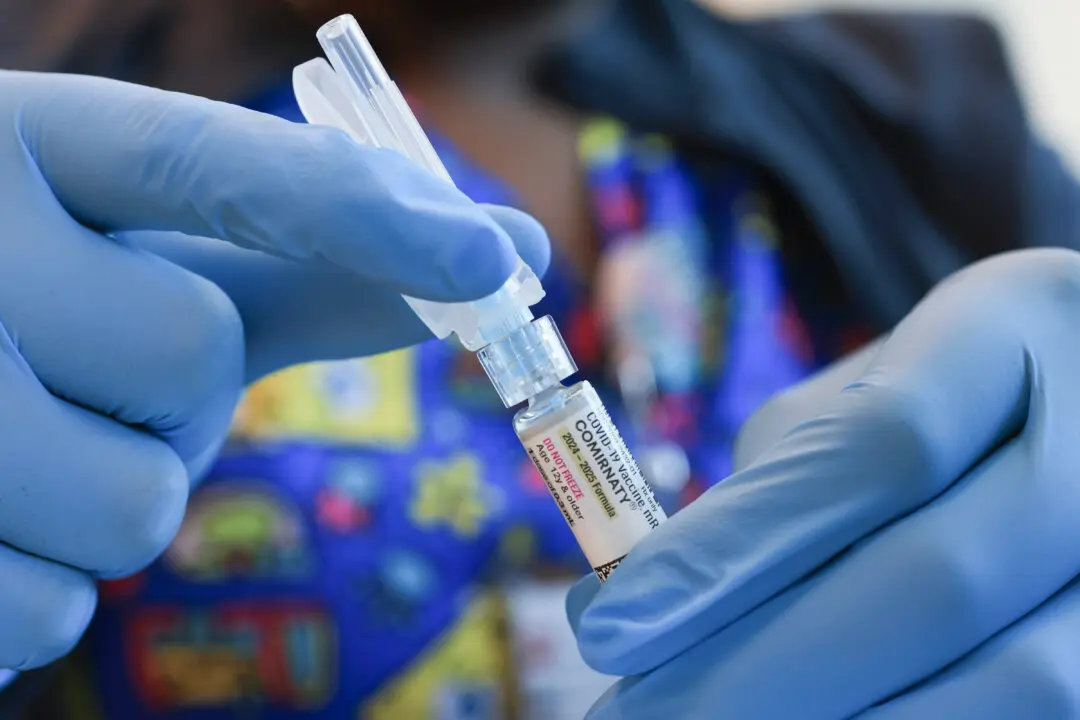Operation Warp Speed proved that science can move at breathtaking speed, delivering a COVID-19 vaccine in record time using mRNA tools. That speed was a triumph—but speed alone should not determine which technologies become the default or dominate the future.
The decision by Health and Human Services Secretary Robert F. Kennedy Jr. to cancel nearly $500 million in mRNA vaccine grants is a signal that every platform has strengths and limitations and that our public health policies must balance them wisely. It reminds us that mRNA vaccines aren’t the only answer—and that’s a good thing.
Kennedy’s actions are not a rejection of mRNA technology. His decision applies specifically to vaccines—not to mRNA’s role in treating cancer or other serious conditions. We always want our medical interventions to be as safe as possible, but when a person has already been diagnosed with a disease, our tolerance for potential side effects is higher. The risk–benefit equation for vaccines is different, because usually it’s healthy people who get them. During the COVID-19 pandemic, hundreds of millions of vaccine doses were given in a short period of time. Any rollout of this size, which is mostly made up of a well population, must raise the bar for safety. Even rare side effects become certain outcomes when applied at scale.
Kennedy’s move will allow us to rebalance our vaccine portfolio. The rush to respond to the pandemic crisis made the dominance of mRNA technologies understandable. But that emphasis has crowded out other approaches—from traditional protein subunit vaccines to adenovirus-based platforms to emerging synthetic peptides and DNA-based methods that may give us the best of both worlds, both speed and durability.
Different diseases pose different challenges. Some will require rapid countermeasures. Others are better tackled with an emphasis on long-term stability and minimizing side effects. A prepared public health system keeps multiple tools at hand and chooses the best one for the job. It should not be driven primarily by the momentum generated in response to the last emergency.
This is about trust as much as it is about science. Reactions to the COVID-19 vaccine and the methods used to create it have become touchstones for political identity for many people. An honest accounting of actions taken during the pandemic must acknowledge that promising alternative strategies were sidelined during the COVID-19 pandemic, a decision that cost us viable options.
A recent phase 3 trial published in The Lancet eClinicalMedicines highlights the problems this approach caused. The study evaluated UB-612, a multitope protein–peptide COVID-19 vaccine, in a head-to-head comparison with mRNA, adenovirus, and inactivated vaccines. UB-612 performed on par with—and in some respects better than—mRNA competitors, showing robust and durable immune responses, broad T-cell activation, and a lower rate of systemic adverse events.
Yet despite these promising results, UB-612 never received the same federal support or regulatory prioritization as mRNA platforms during the pandemic. The authors noted that policy and market forces constrained diversification, leaving viable tools on the sidelines.
Although the COVID-19 crisis has waned, the mRNA platform has continued to be the default in the United States. This is despite the fact that alternative technologies are currently available, in development, or already in use abroad. For years now, the rest of the world has looked at mRNA vaccine development not as an endpoint but as a bridge to better, cleaner technology. Our hyperfocus on mRNA has left us vulnerable not only to the limitations of relying on a single approach but also to the political polarization that has surrounded it.
Kennedy’s actions send a clear signal that other vaccine platforms must have a place at the table. It is pro-science while being opposed to scientific capture. A more balanced distribution of federal vaccine funding will strengthen both our preparedness and public trust.
When it comes to mRNA technology as applied to vaccines, it is not about abandoning them—it is about right-sizing them. We should be deliberate about how and when we use them. We should pair them with robust investment in other vaccine technologies, so that when the next threat emerges, we are not limited to a single tool.

